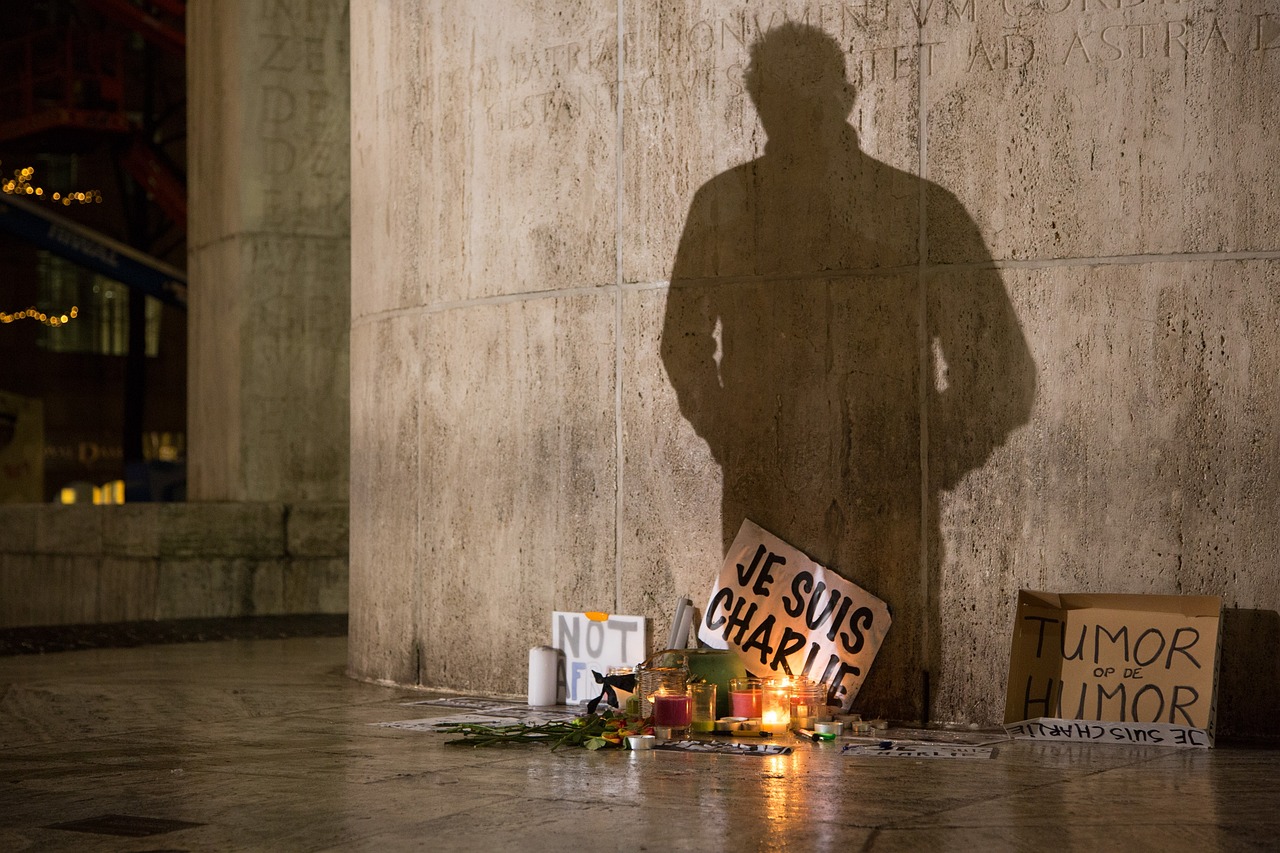Islamist Extremism and the Lack of Integration in European Societies
In October last year, after Israel’s attack on Gaza, French President Emmanuel Macron stated that, according to reports from French services, Islamist terrorism increasingly threatens Europe. A significant portion of Europe’s Muslim population supported Hamas’ attack on Israel, and a terrorist attack of lower intensity than the 2016 one was carried out in Brussels. This brings us to the issue of Islamist terrorism.
Terrorism (from the Latin terrere – to frighten) is the organized use of violence or the threat of violence to achieve certain political goals. Typically, the targets are innocent civilians. This is the essence of a terrorist act—it creates collective fear. Since 1979, we have been witnessing the fourth wave of so-called religious terrorism.
Terrorist attacks over the last ten years, from Paris and Vienna to Nice and Brussels (these are the major ones, but there have been countless smaller attacks where someone attacks random passersby with a knife or machete), have been acts of radical Islam. It is noteworthy that many of the perpetrators of these terrorist acts are members of the third or fourth generation of immigrants. Clearly, they are not integrated into the countries they live in and do not identify with their customs and culture.
The Roots of Islamist Terrorism: From Radicalization to Violence
One of the problems with mass immigration to Europe from third countries is that those who opened the borders did not foresee the potential consequences. It was not expected that some immigrants might bring their own religious and social values, which would make integration into European societies more difficult. Additionally, no one anticipated that increased migration could lead to a rise in anti-Semitism and violence against LGBT communities, nor that Muslim blasphemy would become one of Europe’s key cultural and security issues in the 21st century. This oversight has created numerous challenges that Europe now faces.
In his book Islam in the West, Samir Khalil Samir points out that the roots of terrorism can be found in the actions of imams who work in prisons, hospitals, the military, mosques, and schools. Instead of encouraging immigrants to integrate into the countries they live in, these imams aim to prevent integration and create a clash with the culture of their new homeland. This has led to the creation of ghettos and no-go zones, where immigrants live according to the rules of their home countries, speak their native language, and refuse to integrate.
Many of these zones are not under the control of police or security services, creating fertile ground for the growth of radicalism and the planning of terrorist attacks. Besides this, Western countries’ interventionist policies in the Middle East and North Africa, as well as the promotion of migration from different cultures and civilizations by influential global actors, have contributed to the spread of Islamist terror. For nearly a decade, we have witnessed the harmful consequences of the so-called “welcome policy.”
Recently, several EU countries have temporarily suspended the Schengen Agreement and reinstated border controls, citing the risk of potential terrorist attacks. However, radicalized individuals already live in Europe. As previously mentioned, the perpetrators of terrorist attacks are often members of the third or fourth generation of immigrants. Of course, this should not be generalized, as most immigrants have nothing to do with terrorism. However, it is clear that there are irreconcilable civilizational differences between immigrants and the native population, and parallel societies are the best evidence of these realities.
France as a Prime Example of the Challenges of Terrorism and Failed Integration
According to Fondapol, a French think tank, between 1979 and May 2021, there were at least 48,035 Islamist terrorist attacks worldwide, causing at least 210,138 deaths. During this period, each Islamist attack resulted in an average of 44 deaths. The most commonly used type of weapon was explosives (43.9%). The primary targets of these attacks were military personnel (31.7%), followed by civilians (25.0%) and police forces (18.3%). Afghanistan is the country most affected by Islamist terrorism, followed by Iraq and Somalia. The majority of Islamist attacks (89.5%) occurred in Muslim countries, with Muslims being the victims in the same proportion.
With at least 82 Islamist attacks and 332 deaths, France remains the country most affected by Islamist terrorism within the European Union. The rise of radical Islam in Europe is an issue that European intelligence services should address. However, there are serious indications that Islamists have infiltrated some of these services. There have been speculations about ISIS infiltrating French services. In the same France, there are numerous no-go zones, which may explain the high number of terrorist attacks in Europe.
After the terrorist attack in Paris, Fox News reported that France has 751 no-go zones (officially: sensitive urban zones) where crime, drugs, and violence dominate, and the police only enter in exceptional cases. These zones are fertile ground for radicalism, and an estimated 5 million people, mostly Muslims, live in them. In some zones, Islamic law has essentially replaced the French legal system in civil matters, such as property disputes, adultery, and divorce. From time to time, these zones witness violence, school burnings, car fires, and attacks on shops, drawing public attention.
These parts of France are geographically located within the country but, in terms of identity, have nothing to do with France or Europe anymore. The number of such zones is growing, and today it is likely that there are more than 800. If Europe does not drastically change its approach to migration, similar scenarios can be expected throughout the continent.
